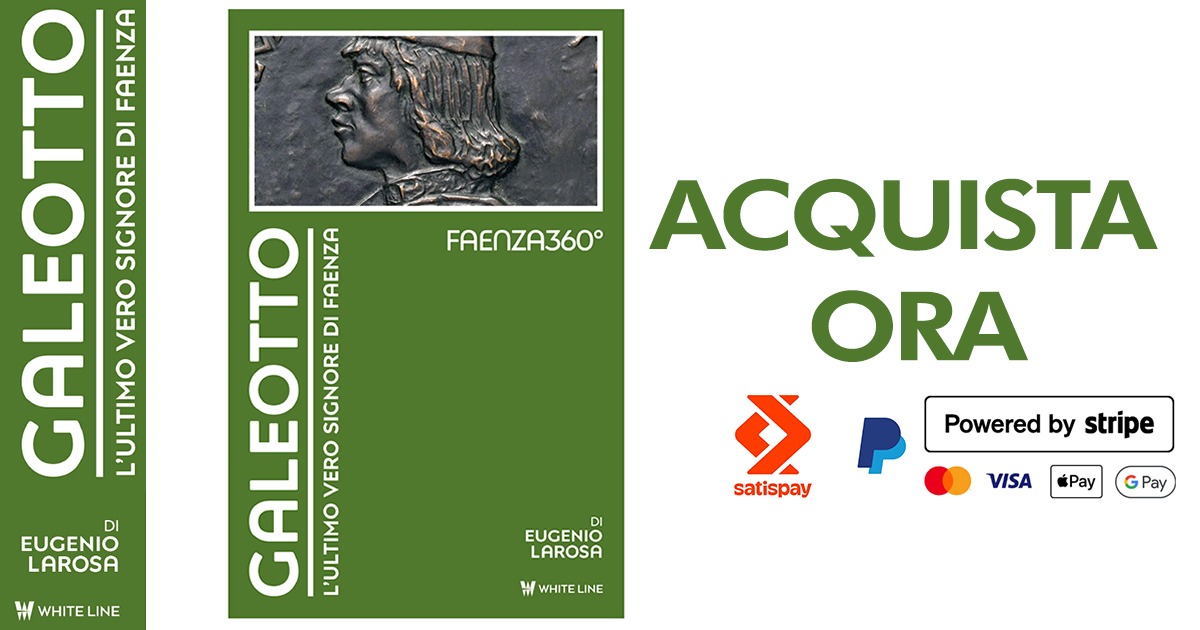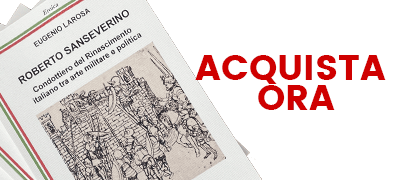inventory of a Sforza man-at-arms – Eugenio Larosa
Niccolò da Verona, also known as Nicolo Motagnia da Verona, was at the service of Francesco Sforza and was such an important figure that Sforza himself defined him as one of his men at arms, granting him a velvet livery to his uniform, which were symbols and titles usually donned by ducal men at arms.
He had men at his command in the province of Lodi, specifically between the cities of Pandino and Vailate, in a zone of high military activity on the border with Venice.
Initial information about Niccolò was found in a letter from late January 1452 that the luogotenente (or, governor) of Lodi sent to Francesco Sforza. The letter states that Niccolò was arrested for the rape of a woman from Pandino that he wanted as his wife.
More of these letters describe this troubled story: Niccolò was arrested but he managed to escape, apparently on the back of a mule, while Sforza himself ordered his men to confiscate all his belongings.
On February 5th, 1452, Niccolò sent a letter to Sforza to ask for forgiveness but the plea was not accepted.
Then, on February 12th, 1452, seeing himself in a corner, Niccolò decided to go for broke, going to the Duke himself. After this act of submission, Francesco Sforza changed his mind and ordered the governor of Lodi to return Niccolò’s belongings to him, thus resolving the problem in less than two weeks.
But something must have gone wrong between the Duke and his man at arms because just over a month later, on April 23rd, Niccolò tried to switch to the side of the Venetians but was arrested by the podestà (or, chief magistrate) of Soncino on the orders of the Duke, who might have been warned of this treason by some of his spies.
Remembering the previous escape, the Duke ordered the chief magistrate to imprison him in the castle of Pandino and to keep him leg-cuffed and under surveillance day and night. He also ordered the confiscation of his belongings, along with a list noting each item.
Below is the inventory list with the author’s notes.
Paro uno de ceste vode, (a couple of empty basket)
carnero uno da sella, (one big saddle bag)
berreta una rosa da tenire in capo de nocte, ( one red hat for sleeping)
perponta una da lecto frusta, ( one worn bed quilt)
paro uno de linzoli frusti, (a couple of worn sheet)
elmeti duy con fornimenti de ramo et penazi et sue bavere, (two helmets with copper mounts on and plume, including bevor)
lanze II depente, (two painted lance)
celate IIII, (four sallet)
coraze III, (two breastplate)
para sexa de schinere, (six pair of greave)
para IIII de arnesi, (three pair of cuisse)
para III de brazali, (three pair of vambrace cannon)
para IIII de guanti, (three pair of gauntlet)
para III de spalaroli, (thrre pair of pauldron)
spada una con paro uno de speroni, (one sword and one pair of spurs)
testera una da cavalo d azale, (one metal shaffron)
paro uno de bolze, (one pair of saddle bag ?)
paro uno de stivali, (one pair of boots)
paga una de vino, (a wage of wine)
corde III da soma, (three pack ropes)
sacho uno roto, (a broken sack)
paro uno de fianchali con la falda,(one pair of mail sleeves/voiders with skirt)
pancere II, (two hauberks)
caldarello uno da campo, (a field saucepan)
sedella una de ramo, (a metal bucket)
canestrello uno, (a small basket)
scudella una de peltro, (a pewter bowl))
scudelino uno de peltro, (small pewter bowl)
para III de barde, tra le quale gli è una senza pectoral , (three horse bards, one without peytral)
selle VIII, (eight saddle)
brillie VIII, (eight bridle)
cavalo uno sasinato,(one horse sasinato?? )
cavalo uno bayo scuro chiamato Capriolo, (one dark bay horse named Capriolo)
cavalo uno bayo scuro grande, (one dark bay horse)
cavali ii moreli, (two black horses)
cavali ii bay,(two bay horses)
frassata una (heavy blanket to cover the horse).
But what happened to our Niccolò?
He was sentenced to death by hanging and, by reading how it was conducted, we know that he was not an ordinary man at arms.
At that time, death by hanging sentences were carried out almost immediately but with Niccolò there was more than a month of delay. At first, on April 26th they tried to negotiate his release, offering to free him if he paid 500 ducats and swore an oath of loyalty.
After this negotiation failed, on May 6th the Duke ordered Bartolomeo D’ancona, who was a member of his court, to retrieve the prisoner with an escort of 25 crossbowmen, which were a lot for a simple convict, and to bring him to Lodi’s governor, named Pietro da Norcia, to execute the sentence.
The last letter containing information about Niccolò dates to May 9th and based on the content of the letter, we can assume that they carried out the sentence.
In fact, in this last letter the Duke asks to deliver the velvet giornea (a sort of surcoat)/livery with the Duke’ symbols and Nicolo da Verona’s velvet doublet to the galuppo (or, soldier) named Ruoltino, the final symbols of a man at arms who had fallen from grace.
Thanks to the research of Sforza’s letters, not only have we learned about the equipment of a man at arms, but we have also learned a little bit about military justice during the Duke’s time.
Sources:
Archivio di Stato di Milano – Registro delle Missive Sforzesche
Translation Centro Linguistico Cesena – https://centrolinguecesena.com/










